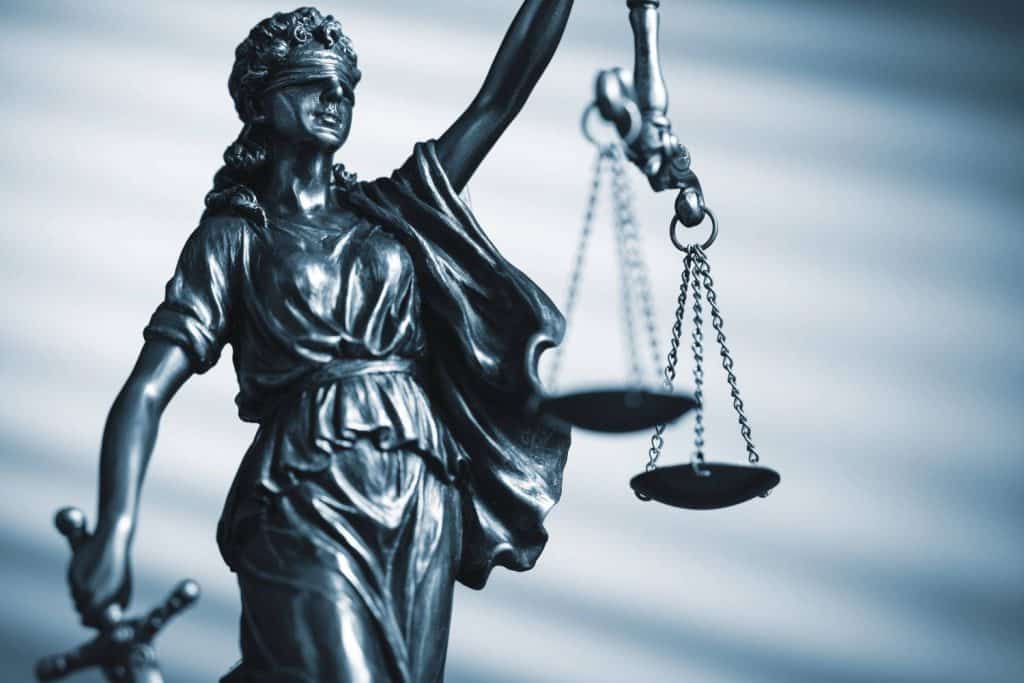COMMERCIAL LAW
When to Institute a Debt Recovery Suit – Secured Creditors (Movable Property)

In all instances, a secured creditor shall first try to recover the movable property pledged as security for a loan (security property) using the debt recovery services of a debt recovery agency such as a licensed auctioneer to seize and sell the security property; and use the proceeds from sale of the collateralised movable property to satisfy the debt owed to such secured creditor.
The secured creditor may subsequently refer debt recovery to a business attorney/ business law firm to institute a court action for debt recovery and this measure is to be pragmatically used as a legal remedy where it is believed the borrower has assets (both movable and immovable) that can be attached to pay off the debt – otherwise the secured creditor will end up with a judgement that does not mean much in terms of execution against a debtor without anything of worth to be attached in satisfaction of the debt.
Court Action after Pursuing Other Debt Recovery Remedies
Court action for debt recovery should be a debt recovery process of last resort, as advised by the debt recovery solicitor, for instance, upon the occurrence of any of the following circumstances:
- where the auction of the security property has been completely unsuccessful;
- the auction did not raise adequate money to satisfy the debt and there is still a significant amount of debt outstanding from the borrower;
- where the security property is irrecoverable e.g., it has been destroyed;
- where the security property cannot easily be recovered – such instances include: where a car used as collateral is being held in a mechanic’s shop by a mechanic who is exercising a mechanic’s lien over the vehicle, for failure by the borrower to pay for the mechanic’s services and it would be impractical for auctioneers to enter the mechanic’s shop to seize the vehicle; or the vehicle has been seized by police for a lawful reason; or
- the amount recovered from seizure and sale of the security property by the money recovery agency is too small to satisfy repayment of a large portion of the outstanding amount and therefore a court order would compel the borrower pay the resulting debt judgement or otherwise risk attachment of his assets.
Debt Recovery: Litigation Procedure
The legal procedure for debt recovery shall depend on the prudence of each type of civil suit as determined by the business attorney representing the secured creditor; however, the following shall form the general court procedures to be followed:
- The borrower shall be given a written demand notice from the lawyer’s office/secured creditor through his last known address giving him some days to repay the debt, failing which the secured creditor will go to court to recover the debt; and during this intervening period, the secured creditor’s attorney will make further efforts to contact the borrower and agree on repayment terms.
- The suit shall proceed on the strength of the loan agreement (e.g. a car loan financing agreement), the movable property security agreement and the debt acknowledgement agreement signed by the borrower [the debt acknowledgement enables an application for a summary judgement on the debt].
- If the secured creditor is successful in their claim, the secured creditor shall be in a position to enforce the court order through attachment of the borrower’s assets. The proceeds realized from the sale of attached assets shall satisfy the outstanding loans plus interest and any incidental costs (including costs that may be awarded by the court).
- The balance of the sale proceeds shall be given to the borrower (judgement debtor) less any charges levied.
Enforcing Court Judgement via Attachment
The secured creditor shall have the right to attach and sell any of the assets of the borrower to recover the outstanding arrears. The secured creditor will follow the various rules of civil procedure as advised by its legal advisor in seeking to attach the assets of the Borrower to satisfy the judgement debt.
Where the borrower has no assets to attach, the secured creditor is at liberty to file a bankruptcy petition against the borrower which is the ultimate remedy against a borrower. However, often times the cost of pursuing the remedy of bankruptcy of the borrower should be weighed against the legal costs of such a bankruptcy case based on the apparent impecuniosity of such a borrower. The secured creditor in simple terms must ask whether filing a bankruptcy petition against this borrower is worth it?
The provision of general information herein does not constitute an advocate-client relationship with any reader. All information, content, and material in this article are for general informational purposes only. Readers of this article should get in touch with us/a qualified advocate to obtain legal advice with respect to any particular legal matter.
RELATED ARTICLES




